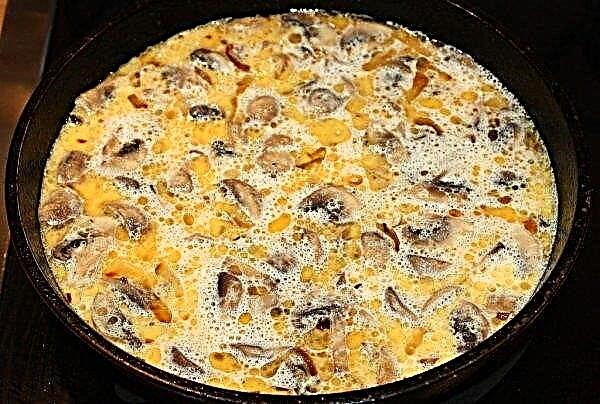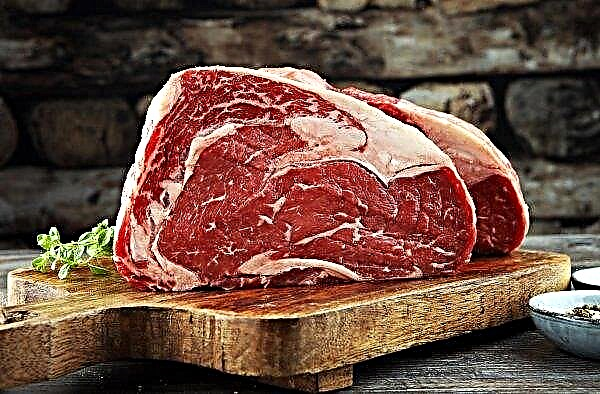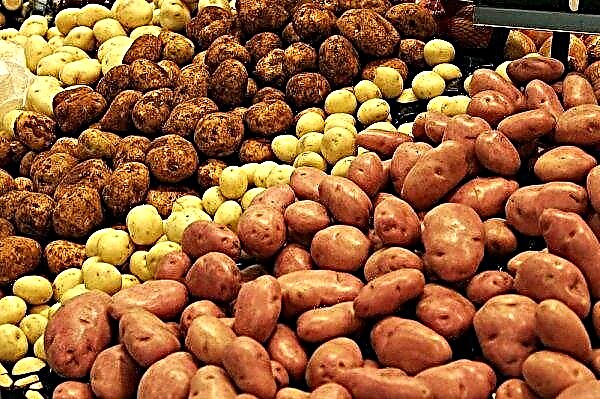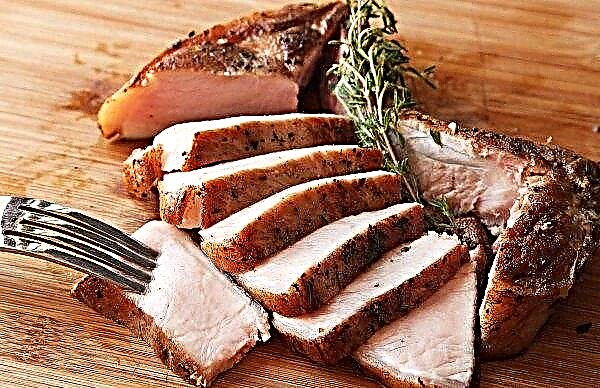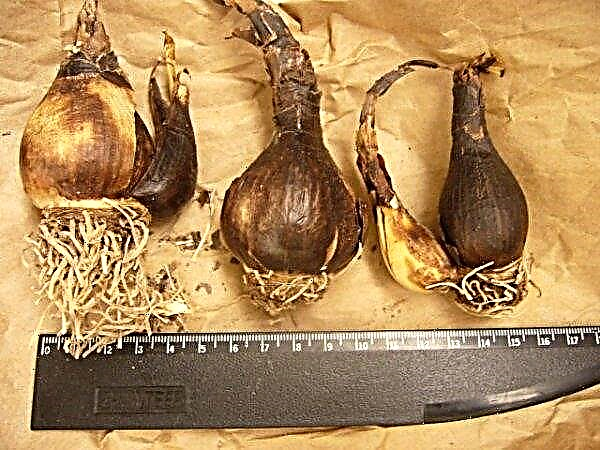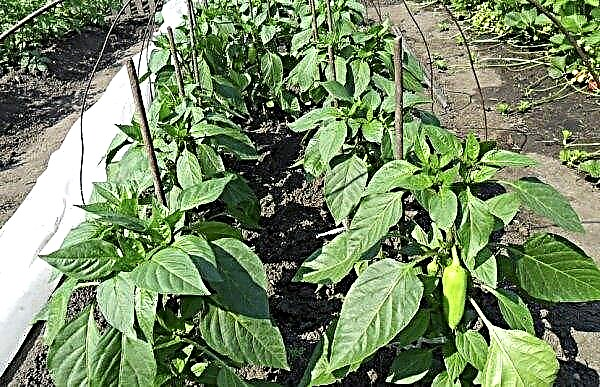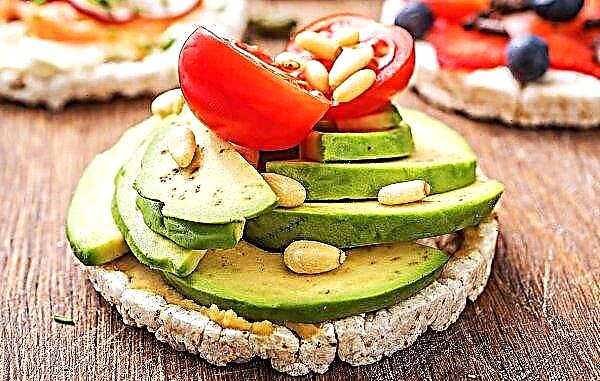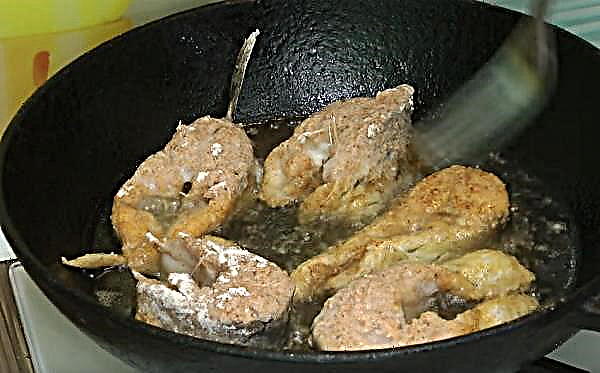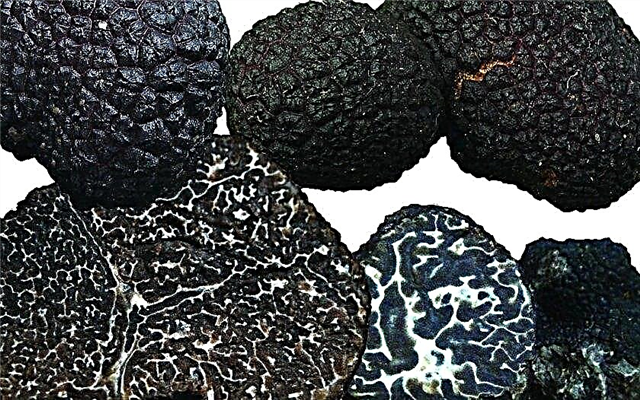Poultry, however, as well as wild, can bear the cold season quite hard due to the lack of green food, and with it small insects - a natural source of protein. During this period, birds need an additional amount of vitamins and minerals, one of the storehouses of which are yeast feed.
Why do chickens get yeast?
Fodder, which is given to poultry, is subjected to yeast in order to improve nutritional qualities. Not all feeds are equally rich in vitamins and minerals, to improve this indicator, yeast is introduced into the diet of the bird. Thanks to yeast, the appetite improves in birds, laying eggs increase in laying hens, meat breeds gain weight better. This method of feeding is primarily necessary in the winter, as during this period of time there is especially a lack of nutritional qualities of dry feed. Fermented feed mixtures are also recommended for brood hens, because their body is depleted during the period of incubation of eggs.
This method of feeding is primarily necessary in the winter, as during this period of time there is especially a lack of nutritional qualities of dry feed. Fermented feed mixtures are also recommended for brood hens, because their body is depleted during the period of incubation of eggs.
Important! A necessary condition for the normal course of the fermentation process is the creation of a nutrient medium for the fungus, such an environment is carbohydrates. In the case of feed yeast, it is cereals that act as a source of these carbohydrates. If after fermentation, after some time, the active fermentation process has stopped, then the microorganism does not have enough nutrition. It is easy to fix - add to the wort 1—2 tbsp. tablespoons of sugar.
Advantages and disadvantages of using
- Thanks to the use of yeast in feeding poultry, the following improvements can be seen:
- top dressing prevents the development of vitamin deficiency;
- the bird eats better;
- fermented feed is better absorbed (this is especially true in relation to protein feed);
- the body's resistance to various diseases increases;
- metabolism and endocrine processes are optimized;
- the probability of fertilization of eggs increases;
- laying hens bring larger eggs;
- in the cold season, bird productivity increases by more than 20%;
- chickens of meat direction gain weight faster, and young animals have an accelerated gain in muscle mass (more than 14% compared to chickens that do not have yeast feeding), and not fat.
 Yeast is given to poultry from late autumn to mid spring, at a time when there is a shortage of natural green food. Greenery and sunlight, which is sufficient in the rest of the year, is enough for the normal growth and vital activity of the bird organism in all respects.
Yeast is given to poultry from late autumn to mid spring, at a time when there is a shortage of natural green food. Greenery and sunlight, which is sufficient in the rest of the year, is enough for the normal growth and vital activity of the bird organism in all respects.- If in summer feeding of feathery yeast is likely to lead to an increased content of protein, nitrogen and its derivatives in the body, this will cause the appearance of such problems:
- diarrhea;
- inflammatory processes in the joints and cesspool;
- biting and cannibalism.
Did you know? Yeast belongs to the class of mushrooms. In our time, about 500 species of these simplest organisms are known, and each species can have several thousand strains. People found application for this culture more than 5 thousand years ago - the ancient Egyptians used them in brewing.
Yeast Methods
Before proceeding with the yeast process, it is necessary to grind the grain mixture. The finer the grinding you get, the better. There are three main methods of yeast, which will be described below. For all three methods, some rules should be followed:
- Water for the yeast process should be heated to 36-38 ° C. At a lower temperature, the yeast will not “start”, die. A higher temperature is also unacceptable for the vital activity of yeast fungi.
- The volume of the feed mixture steamed with yeast should not exceed 40% of the volume of the tank in which the process is carried out.
- The yeast must be mixed well, to achieve complete dissolution, there should be no clots.

Coupling Method
This method of yeast consists of two phases:
- Kneading dough.
- Yeast.
To prepare the dough, it is necessary to take 180-220 g of ground feed and 10 g of dry yeast. Ingredients are poured into 500 ml of water of the indicated temperature (36-38 ° C), mix well, and put in a warm place.
Within 3.5-4.5 hours (depending on the quality of the yeast, air temperature and other factors), the dough is suitable. After the indicated time, about 800 g of feed and 1 liter of water of the indicated temperature are added to the dough, mixed and put in a warm place for 4.5-5 hours.
Without dough
For the following method of cooking food you will need:
- ground grain - 1 kg;
- water - 1.5 l;
- baker's yeast - 20 g;
Important! Remember to mix the wort. This is necessary for the access of oxygen necessary for the vital activity of the yeast.The consistency of the mass should also be controlled. — if it is too thick pour 250—400 ml of water. If done right, yeast is fine «wound up», and the water was the right temperature, after 8—8.5 hours you can already feed the bird.
Fermentation Method
For this method you will need:
- yeast - 10 g;
- finely ground feed — 1 kg;
- warm water.
After the specified time, add the rest of the grain and warm water to the fermenting mass. Approximate volume of water - 500-700 ml, should be calculated by consistency.
How to increase the effectiveness of yeast nutrition?
A few simple recommendations will help greatly enhance the benefits of such top dressing:
- Instead of water, you can take serum of the same temperature. As a result, you will enrich the mixture with carbohydrates, protein, minerals and vitamins.
- Sugar does not just create a breeding ground for the yeast, thereby stimulating its vital activity (the addition of sugar can even wake up almost “dead” yeast). The additional introduction of this carbohydrate increases, by about 16-18%, the nutritional qualities of the mixture.
- Additional sources of carbohydrates, minerals and vitamin - grated vegetables used for winter mixes (zucchini, potatoes, beets) can be added to the feed mixture.
- If you add sprouted grain before yeast, this will add usefulness to the product, which is unnecessary to talk about.
Did you know? Brewer's yeast incorporates a high content of B, PP, H, E vitamins, trace elements and a very large number of essential macronutrients — phosphorus (390 mg) and potassium (600 mg). Due to this quality, they are quite common, and also, a natural food supplement.
How to give fodder yeast to chickens?
The most pressing issues in using fodder yeast for feeding chickens: how often can you feed with yeast mixtures, how much to give and how long to store.
Be guided by such rules: give about 20 g of mixture per one bird daily or every other day. The shelf life of the finished mixture is no more than 24 hours. If necessary, a certain amount of the feed mixture can be frozen, but the benefits after defrosting from such feed will be much less. As you can see, the yeast process is quite simple and does not require any extra effort, and, which is especially important in poultry farming, additional financial costs. To these circumstances, one should add the undoubted benefit of this method of feeding in the cold season, its naturalness, and, therefore, good digestibility of poultry.
As you can see, the yeast process is quite simple and does not require any extra effort, and, which is especially important in poultry farming, additional financial costs. To these circumstances, one should add the undoubted benefit of this method of feeding in the cold season, its naturalness, and, therefore, good digestibility of poultry.

